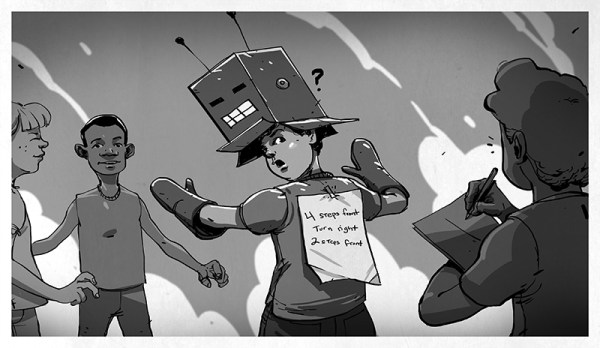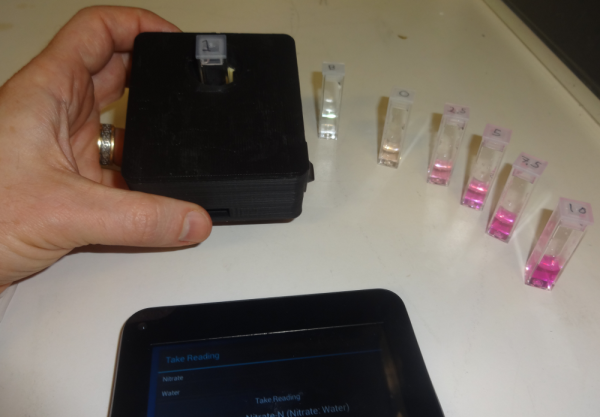We’ve seen a wide range of emotional responses regarding [Ahmed Mohamed]’s arrest this week for bringing a clock he built to school. No matter where you fall on the political scale, we can all agree that mistaking a hobby engineering project for a bomb is a problem for education. People just don’t understand that mere mortals can, and do, build electronics. We can change that, but we need your help.
Our friends at NYC Resistor came up with a great idea. Why don’t we all build a clock? I want you to take it one step further: find a non-hacker to partner with on the project. Grab a friend, relative, or acquaintance and ask them to join you in building a clock from stuff you have on hand in order to promote STEM education.
Clocks have long been one of my favorite projects, and like the one shown above, most of my builds didn’t look anything like traditional clocks. Once you start getting into how clocks are built, you’ll be amazed at how accurate dirt-cheap clocks are and how difficult it can be to replicate that accuracy. Pass this knowledge on to your teammates. Teach them how to solder, or how to draw a schematic, or just how to open the case on some electronics without fear.
Post your project on hackaday.io and we’ll add it to the Clocks for Social Good list (message me with the link). If you decide to document it elsewhere just leave a link in the comments below. We’ll post a roundup of all these builds next week. I plan to repurpose the soldering workshop board I populated last week as the display for my clock. I’ll be helping a friend of mine learn to solder as part of the build!
Happy hacking, and thanks for helping to dispel fear and teach others about awesome engineering.
Need some inspiration to get going? You can always chat with others about it in the Hacker Channel. If you have an Arduino and some LED strips you can do something like this. Here’s a binary clock built with just a few LEDs. Or if you have a laser cutter at your disposal you can make a unique display with just a pair of motors.





 The board uses the
The board uses the 









